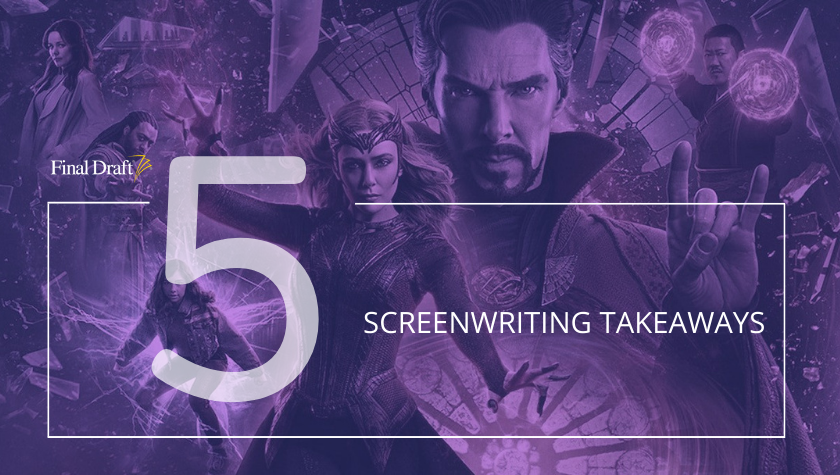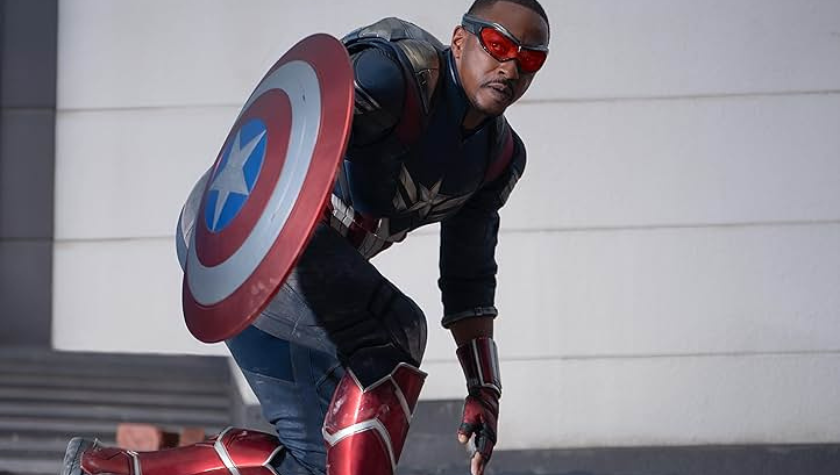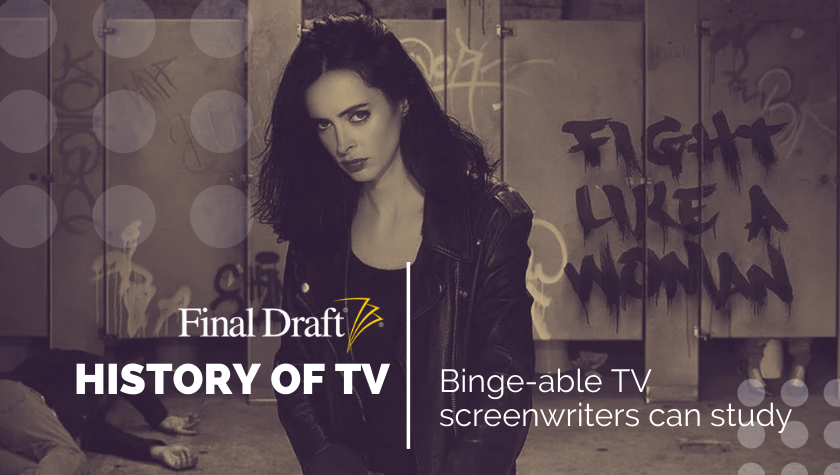History of TV: MCU's powerful ‘Luke Cage’
February 25, 2022
First, we met the sardonic Jessica Jones. Then bullet-proof Luke Cage stepped on the scene in his quietly intense way like in Jessica Jones, then in his own show in 2016 before becoming part of The Defenders along with Jessica, Matt Murdock (Daredevil), and Danny Rand (Iron Fist). In Marvel Television’s darker-toned, made-for-Netflix series, each one represents a hero for their own world while coming together for the ‘larger good’ in that way that Marvel tends to spin its universe both on the small and large screen.
Luke Cage is primarily a crime drama—with a side of superhero—set within the very specific culture of Harlem. The pilot, “Moment of Truth,” introduces us to this unique world and Cage’s unbreakable skin. Cage, who struggles to keep his head down, is unable to turn away from the wrongs being done in his neighborhood. That internal vs. external character struggle is packaged within sassy, loaded lines, an atmospheric soundtrack and a graphic novel, gritty aesthetic.
It’s The Wire, but with superheroes. Which is exactly along the lines of how creator Cheo Hodari Coker pitched the series idea to Netflix: An insider's look at Harlem.
Luke Cage the character
Luke Cage (epitomized by Mike Colter) is the hero of Harlem and his 1972 roots in the pages of Marvel comic books during the era of blaxploitation films and Black Lives Matter.
As a wrongfully convicted Black ex-con who receives his superhuman strength through prison experiments, Cage appears to be the ultimate hero for Harlem; he can literally shield the innocent from bullets flying between the criminals and cops. Det. Mercedes “Misty” Knight (Simone Missick) who represents another side to the police force is the kind of detective with a strong moral compass, integrity and sense of justice. She’s also one of Marvel’s only Black female superheroes.
Colter (Million Dollar Baby, The Good Wife) reportedly signed on to play Cage in Jessica Jones and Luke Cage without ever having read a single script. While Cage commands a serious physical presence, coupled with his superhuman abilities, chooses to be thoughtful in his actions. Every word seems to be carefully chosen, making silence the optimal path. He’s as easy in his movements as the hip-hop and jazzy beats that follow him.
As Coker told GQ, “Luke Cage, as a character, is the perfect Trojan Horse through which you can talk about so many issues but also not lose sight of the fact that this is an awesome, handsome, kick-ass, bulletproof brother. Period. That was my whole thing, with myself and the writing staff. I think we all realized collectively that we're geeks, but we're also, you know, woke! We understand what's going on in the world. And we had an opportunity, with this character, to tell a story that was grounded dramatically but at the same time also fit into a much larger paradigm of what's really happening in the world. And because it's Marvel, you can get both, because what's always been a cornerstone of the Marvel philosophy is that ‘we will look at the world and the world's issues through our characters.’”
The writers’ room
Most of the Luke Cage writers’ room was Black; one of the first to be so. It was very important that the writers have the lived experience to make Cage’s world authentic. Coker (Southland, Almost Human, Ray Donovan, Creed II) apparently referred to his writers’ room as the “Danger Room,” nodding to the X-Men franchise where that band of superheroes train and fight. He made this reference because the diversity meant each writer brought their own “superpower” to the table and thus the story.
They pushed boundaries; the first season's storyline revolved around the politics of Harlem’s gentrification and featured the political campaign slogan “Keep Harlem Black.” They also did fun things like name each episode after a song title with the first season dedicated to Gang Starr songs and the second to Pete Rock & CL Smooth.
That’s what made the show so great. It was a layered package of resonant themes, music appreciation and slick action series. Since Luke Cage the comic book hero never had a definitive work, it also allowed the writers to spin their own version.
The Marvel connection
While there’s a lot happening in Luke Cage, a core part of it is the classic superhero genre. And there are plenty of connections to the MCU along with other impressive big-screen pedigree.
Villainess Black Mariah/Mariah Dillard is played by Alfre Woodard, who also portrayed Miriam Sharpe in Captain America: Civil War. Behind the scenes, Daredevil and Jessica Jones costume designer Stephanie Maslansky came on board as well, paying homage to the comic book character’s original gold look by lining Cage’s hoodie in yellow to cleverly frame his face when it’s pulled up.
Then there’s Rosario Dawson’s Claire Temple, of Jessica Jones character fame. Cast member Mahershala Alialso went on to win two Oscars® for his work in Moonlight and Greenbook after playing the gangster Cottonmouth in Luke Cage.
In Retrospect
In October of 2018, Luke Cage was canceled due to irreconcilable creative differences between Netflix and Marvel. The show has lived on the streaming platform since, though it and its Defenders pals will be leaving March 1st, 2022 when rights revert back to Disney…and will hopefully be available soon on Disney+.
The story of a bulletproof Black man, especially one driven by the motto “Always forward, forward, always” as uttered by his fictional mentor Pop, is powerful and necessary. Cage eventually modifies the line to be “Never backward, always forward. Always” due to his experiences over the series and it’s an excellent reminder to us all.
Written by: Karin Maxey
After seeing her first big screen movie 007: License to Kill at age six, Karin naturally became obsessed with writing action-infused stories. The next time she’d see Benicio del Toro was in person, at the 68th Cannes Film Festival—he was there for the Sicario red carpet, she was there for her first produced short film in the basement of the Palais…same-same. In between, Karin earned a Creative Writing Degree and landed management at Echo Lake Entertainment. Her scripts have been a Big Break Top 3 finalist, HollyShorts Film Fest Official Selection, and a multi-Screencraft competitions semi-finalist. Karin is also a screenplay editor who delights in the process of polishing writers' work for submission. You can find her at www.writergirlkarin.com.- Topics:
- Discussing TV & Film




